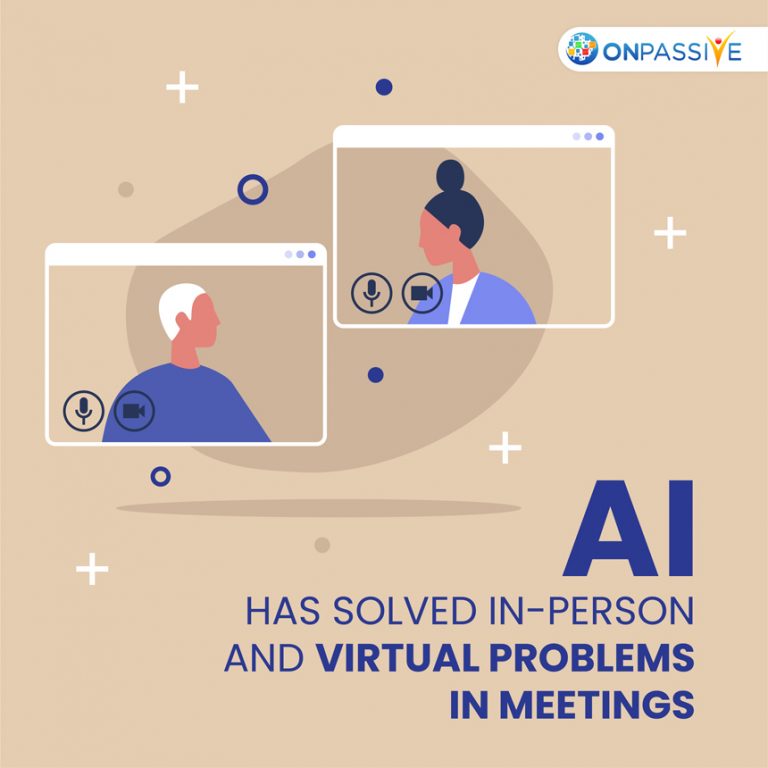
The impact of the Covid-19 pandemic has affected every industry. Businesses have shifted from work from the office to work from home. And all physical meetings are being held now through online video conferencing apps like Skype, Google Meet and many more.
When we talk about video conferencing, it is no longer limited to large boardrooms for formal presentations and gatherings. The framework has advanced, and businesses are focusing their energies on building a more agile working environment. Fortunately, the new Artificial Intelligence (AI) technology has helped the video conferencing industry grow even further. Thus, AI is transforming not just the way we create technology, but also how we use it.
Using AI-based Video Conferencing
In this modern era of video conferencing, we are witnessing a paradigm shift in technology, fueled by developments in big data analytics, robotics, computer vision, and natural language processing (NLP).
Video conferencing is becoming more common with businesses and government agencies as a means of connecting with remote staff, consumers, and employees. It has also proven to be cutting-edge technology. Further, video conferencing has become more complex and mature by incorporating AI applications into the mechanism.
Now, let us understand what are the essential features of a video conferencing system?
Video Conferencing Features
- Screen Sharing
- Multiple Webcam Capabilities
- VoIP
- Chat Features
- Remote Control
- Unlimited Recording
- HD Video
- Branding Features
- Dynamic Presentation Features
- Performance Reports
If you are looking for an instant AI-based video conferencing software for your business, OCONNECT by ONPASSIVE is the go-to-go tool. The software is equipped with various features like Speech-to-text, dual-screen sharing, auto language translation and many more.
Benefits of AI
The following are the top four benefits of AI that are helping to reshape the environment we live in today.
Enabling Virtual Assistants
Natural language processing (NLP) is now being used in a variety of ways to enhance video conferencing applications. Alexa for Business was launched by Amazon, and it has a host of useful conference room features. Users can start and end room device sessions, as well as create meeting room reservations, using Alexa’s simple controls. Alexa supports a variety of room technologies, including Polycom and Zoom.
Video Conferencing Apps Experience
Room systems may take advantage of the benefits of artificial intelligence in a variety of ways, including increasing the efficiency of meetings. But Microsoft’s background blur is useful for conference rooms adjacent to busy hallways, for example, despite being designed for a non-office setting. Zoom app also has a similar feature for background replacement, which can be used to give an outdated meeting room a virtual makeover.
Analyzing Meeting Room
By analyzing variables that you might never have considered, AI-driven devices will make conference rooms smarter, and meetings run more efficiently. AI can, for example, help automate rescheduling calls and rebooking conference rooms based on email conversations or sending crucial updates about which rooms are accessible and which are booked.
Video Interaction
Without the development of computer vision in video conferencing, none of these useful developments would be possible. Computer vision automatically frames meeting participants and changes the zoom to provide a better video experience for those on the other end. When the number of people in the audience changes or they switch to a different part of the room, the camera control automatically tilts, pans, and zooms to the center and frame them.
Conclusion
To sum up, AI can revolutionize video conferencing, allowing a much smoother user experience and more fruitful meetings. Thus, to ensure that new advances in AI and computing vision are planned with the user’s privacy in mind, all industry participants will need to collaborate. So, for switching to an AI-based video conferencing tool, Contact Us.


